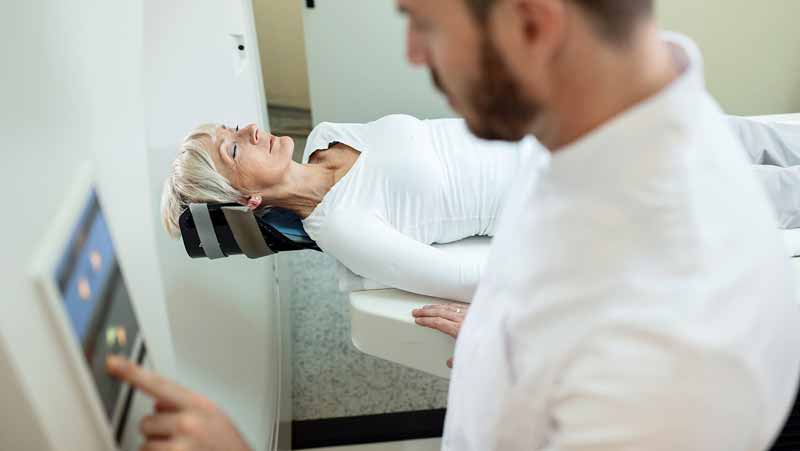A sudomotor scan is performed to diagnose autonomic neuropathy and sudomotor dysfunction. This type of peripheral neuropathy is often underdiagnosed but has significant systemic effects. Here’s an in-depth look at why and how this test is conducted.
Importance of Testing for Autonomic Neuropathy
Autonomic neuropathy affects the autonomic nerves that control involuntary bodily functions, such as heart rate, blood pressure, digestion, and sweating. This condition can lead to serious health issues if not diagnosed and treated promptly. Testing for autonomic neuropathy is crucial because it helps detect any dysfunction in these nerves, which can have widespread effects on the body.
Sudomotor Dysfunction and Its Implications
Sudomotor dysfunction refers to the abnormal function of the sweat glands. This can be an indication of small fiber neuropathy, which affects the small nerve fibers responsible for sensations and autonomic functions, including sweating. If the sweat glands are not working properly, it can result in dry skin, inability to regulate body temperature, and other complications.
Types of Sudomotor Tests
There are two primary tests used to evaluate sudomotor function:
- True Sudomotor Test: This test uses electrical currents to stimulate the sweat glands and measure their response. The electrical currents cause the release of chloride ions, and the test measures the sweat output to determine if the sudomotor reflex is functioning correctly.
- QSART (Quantitative Sudomotor Axon Reflex Test): This test also uses electrical stimulation to evaluate the axons of the sweat glands. It measures the amount of sweat produced in response to the stimulation, providing a quantitative assessment of sudomotor function. This test is highly accurate in diagnosing autonomic neuropathy.
Why Perform Both Tests?
In a clinical setting, it is often beneficial to perform both the true sudomotor test and the QSART. If either test indicates autonomic neuropathy, it confirms the diagnosis, allowing for appropriate treatment. Both tests together provide a comprehensive evaluation of sudomotor function and can detect any abnormalities that might not be apparent with just one test.
Symptoms Indicating the Need for Sudomotor Testing
Patients with peripheral neuropathy should be evaluated for autonomic neuropathy if they exhibit symptoms such as:
- Balance issues (which can indicate large fiber neuropathy but may also suggest autonomic neuropathy)
- Extremely dry feet
- Gastrointestinal problems
- Sexual dysfunction
These symptoms can be indicative of autonomic nerve involvement, and sudomotor testing can help confirm the diagnosis.
Conclusion
Sudomotor testing is a critical diagnostic tool for detecting autonomic neuropathy. By measuring the function of sweat glands through electrical stimulation, these tests provide valuable information about the health of the autonomic nerves. Accurate diagnosis allows for targeted treatment, improving patient outcomes and managing the systemic effects of autonomic neuropathy.
